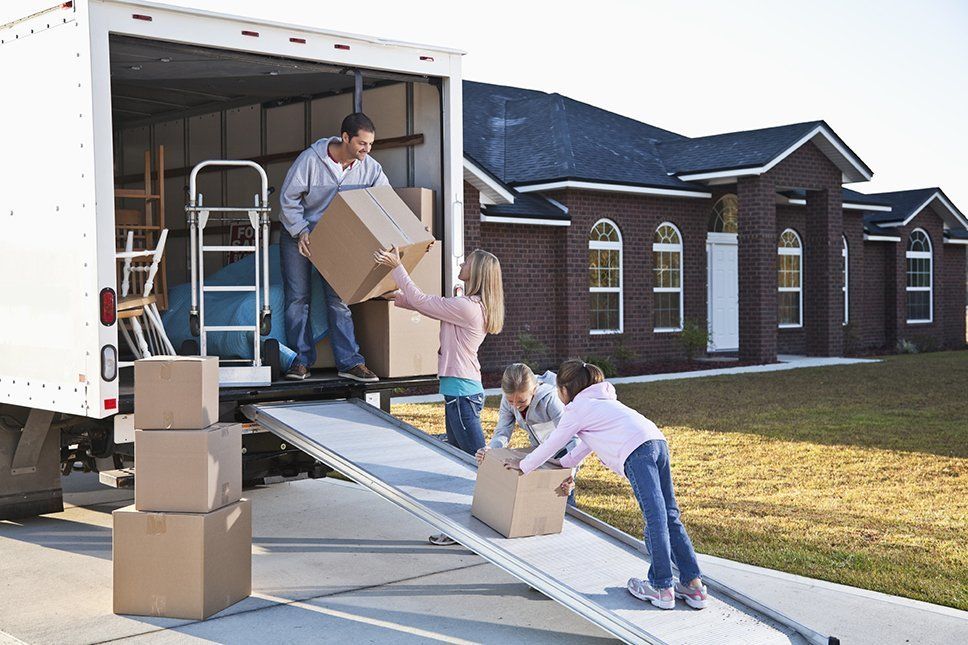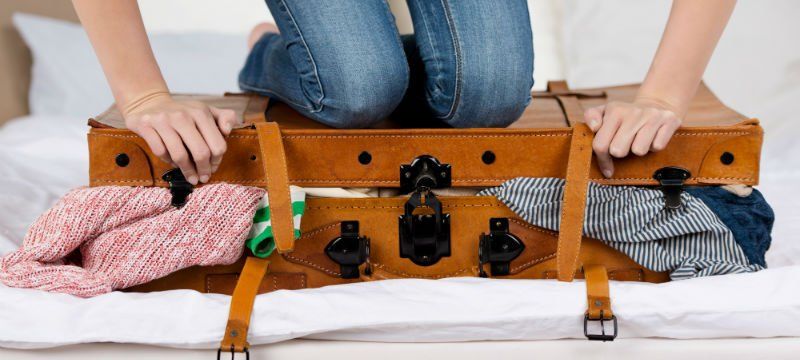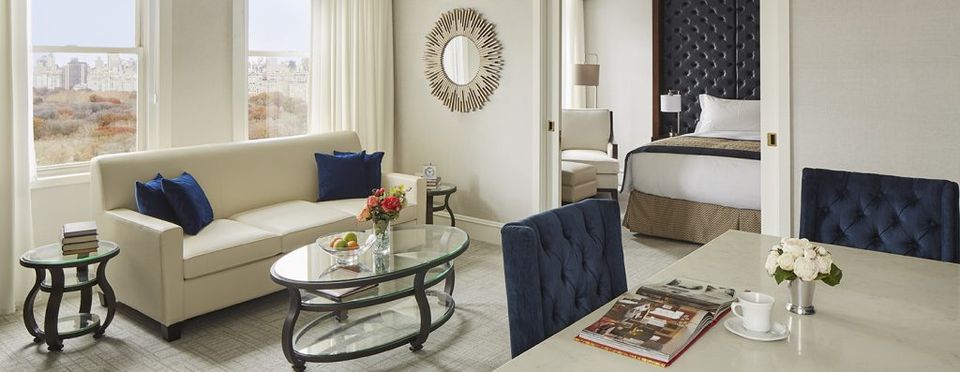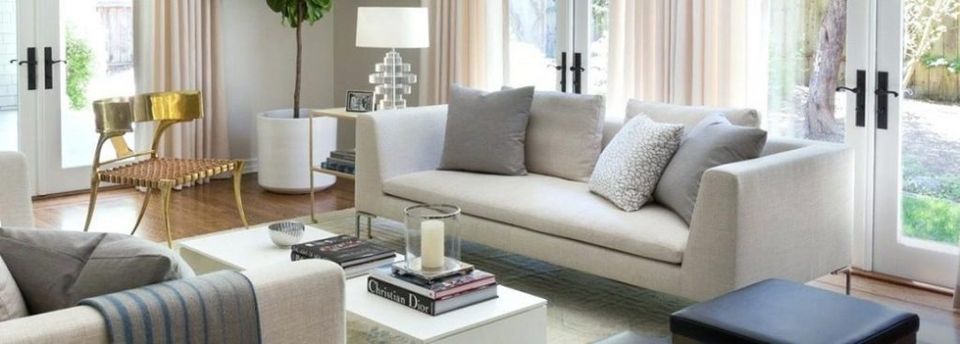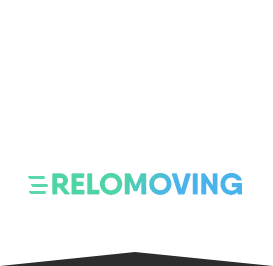Decluttering Your Home Checklist
Decluttering Your Home Checklist
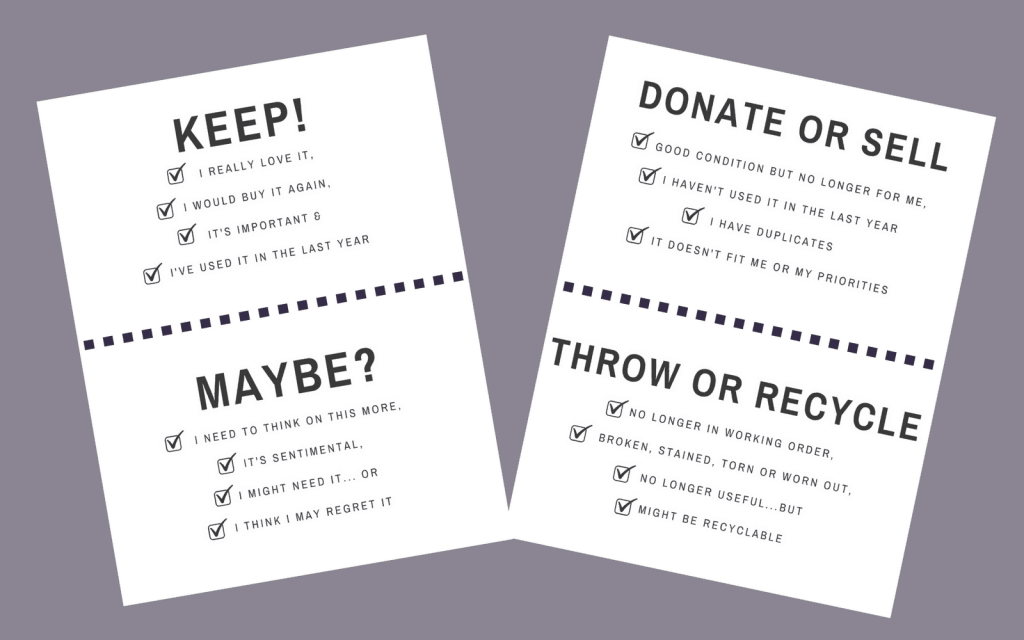
Instead of thinking of decluttering your home as a tedious obligation, why don’t you enjoy the ride? Below, we are sharing some contaminating cute ideas to help you on your quest. (Of course, don’t be shy to thank us later for the gulp of inspiration! Xo-xo).
For starters, let’s discuss the different methods of decluttering.
Where to Start?
The biggest challenge is where to start when a large amount of stuff in your house overwhelms you. Ask yourself this:
- Which rooms in your home tend to collect clutter frequently?
- Which is the most stressful room or area in your home?
- Which space would have the biggest impact if you could declutter it quickly?
Your answers will help you create a strategy for your decluttering process. It's best to start with a space you can declutter quickly, and have a big impact. The ideal choice is the kitchen counters. This will give you a quick win for motivation.
Don't overwhelm yourself by picking the most difficult or challenging space at the beginning. The idea is to work for the bottom up. Starting a project and completing it has a feel good vibe that will propel you forward to the next task.
There're several ways to approach the decluttering process. The top four best methods include:
- 20-minute method
- Weekend plan
- Kondo style
- One room at a time
20-minute Method
This method makes use of a timer with a 20-minute countdown to tackle tasks in smaller time doses. The upside of this method is you will not burn out in 20 minutes. The downside is you won't be able to declutter a big space in those few minutes.
This method is ideal for smaller more defined spaces such as the kitchen. Here is where you tackle one cabinet or drawer at a time. The 20-minute method may not be perfect for a closet unless you divide it into specific segments - say skirts, trousers, boots and the like.
This option is great if you want to make tangible progress but you're short on time. If you’re planning to move houses in a couple of weeks, this process could come in handy.
Weekend Plan
If you're the jump all in at once kind of person, this method is for you. Furthermore, with enough motivation, and someone to watch over the kids for the weekend, the more tasks you’ll complete. This method doesn't work for everyone as it’s akin to sprinting the marathon.
If you do choose this method, create a concrete plan for the order in which you will declutter the rooms. It's foolhardy to start every room in your house only to run out of time to put everything back in order. This method is ideal if you’re planning to move on short notice, say at the end of the month.
Kondo Style
In Marie Kondo's popular book "The Life-changing Magic of Tidying Up", she discusses her approach to decluttering. Her forte is to take out every similar item when you declutter.
For example, if you're cleaning the pantry, you must take out all the items and foodstuffs inside. In other categories, this method can be tiresome as you might not know where every office supply in the house is stored. The main reason why we have so much clutter is that we accumulate so much stuff without realizing it. Blame it on impulse buying.
You’ll most likely end up with forgotten items and duplicates whenever you store your stuff in different places. Consolidating everything in one place to assess what stays and what goes is enlightening and reveals a lot. This part of the process is important as it allows you to select what to keep and what to dispose of.
The Kondo style method lets you know all you own and enables you to be more mindful to avoid accumulating clutter in your home. This is also a clever way to audit your belongings.
One Room at a Time
This method is self-explanatory. You choose a room to start with and go through every room one after the other. If you choose this method, it’s recommended to begin with your bedroom. The idea is that the room where you sleep should be the most relaxing and calming. You'll probably have orderly dreams if you fall asleep in a room where books, clothes or random items are in their rightful place. Such is a serene resting area.
Bathrooms are great to do next. This is because most people don't have much sentimental attachment to bathroom products making it less overwhelming to tackle. In regards to the rest of the house, the size of some rooms and amount of clutter will determine how you will tackle the remaining rooms. Approach such rooms’ one section at a time.
Assuming you have one or two months before moving house, the one room at a time method is perfect as it will give you plenty of time to declutter.
In this article, we’ll discuss in depth how to go about the One Room at a Time Method.
Supplies to Gather for One Room at a Time Method
Before you get started, here are the items you need at a minimum:
- Rolls of large heavy-duty garbage bags for household trash.
- Two large boxes or bins marked "Keep" and "Donate", for sorting the likely donations. Also, add a “Put Away” box.
- A dust mask will come in handy for closets and dealing with many clothes.
- Masking tape and sharpie for labeling items.
You can use baskets, bins and cardboard boxes for this task. If you have a family, assign each a bag or box with a specific label.
1. Declutter the Outside of Your House
Before you begin decluttering the interior of your house, first declutter the outside of your home. This will help set the mood for what awaits you inside. Anytime you go home after a hard day's work to find a neatly trimmed hedge, and well-maintained yard, it won't matter how rough your day was.
Lookout for any blooming flowers and discard spent blossoms. Illuminate your home at night by changing any burnt out lightbulbs and install enough security lights. As you enter the house, ensure door knobs, door handles and locks are in tip-top shape. Don't forget to lubricate squeaky hinges.
2. Declutter the Foyer
Once you have decluttered the outside, start at the entrance and work your way through the house room by room. Maybe you don't have a traditional mudroom or foyer, but you definitely have an entryway. No matter its size, the best way to make an entryway more functional is to declutter it regularly. Since this is the welcoming area for your guests, ensure the foyer is spotless.
Start with any console, side table or desk in your entry. Scrutinize each drawer by removing the contents and decide which items to dispose or keep. Go over the top of each desk and make sure you have space for your keys and other important items. When everything is accessible and not overcrowded, it will be easier to leave the house with what you need each morning.
Declutter the hall closet the same way as any other closet. Start with shoes and boots, jackets and finally accessories. The entry also picks up lots of clutter from other rooms. Put items from other rooms in the put away box and back to their rightful space.
3. Declutter Your Bathrooms
Of all the rooms in the house, you should first start by decluttering the bathroom. This is because it's the smallest room in the house and the easiest to clean.
Start with the medicine cabinet. Empty it of every item and discard outdated medication, skincare products, and makeup. Return everything you're keeping back into the cabinet and store the items you use most often at eye level.
Next move to the cabinet drawers. Remove everything and do a quick evaluation of what to keep and what to discard. Return the items you're going to keep back into the drawers, with the items you frequently use in the top drawers.
Move to the shower or tub and clean it out. Spray the shower with a cleaning product to get rid of any stains and molds. If you’re planning on selling the house, you definitely don’t want a potential buyer to see such stains.
Clean the mirror, clean the floor, clean vanity, and most importantly clean the toilet. Remove everything from underneath your bathroom sink and declutter the items therein. Finally, sort every item that doesn’t have a home into the four bags or boxes you have staged for the purpose.
4. Declutter Your Bedrooms
Start by spreading your bed. It makes no sense to start decluttering the bedroom while an unmade bed stares at you. Same as the bathroom, it's not surprising to find the easy stuff are cluttering the bedroom. Clear the space next to the bed, clear off the nightstand, then go underneath the bed and clear whatever items that seem out of place. Most of these items are the easy stuff.
Don't waste time on clothes. Though the closet is in the bedroom, that's a separate zone to deal with next. Fold and put the clothes back in the bureau and round up all the clothes that are on the floor and toss them into laundry baskets.
Sort through photos and décor. Many photos, souvenirs, and frames end up in the bedroom, covering bureaus and nightstands. This makes the room appear more cluttered than decorated. Sort out the items you don't have a strong attachment to and donate them.
Clean the bedroom from top to bottom. Clean the windows and finish by vacuuming and dusting surfaces and blinds.
5. Declutter Your Closet
You probably have more clothes than you can manage, especially if you're a clothes shopaholic. This makes clothes the main source of your closet clutter. The best way to declutter a closet is to first declutter your clothing by type. This means you start with shoes, boots, shirts or blouses, denim, trousers and the like.
The main challenge here is discarding old and outdated stuff. Donate all the clothes that don’t fit and freebies you never wear. Again, start with the easy decisions such as the promotional tees from events and jeans that you outgrew way back in college.
Once you've sorted each type of clothing, you will have four piles to deal with:
- Put away any item that was in the wrong place. For example, if you had boxers in the closet, put them in the dresser.
- Toss any dirty laundry into the hamper or take it to the laundry room.
- Any clothing that needs repair should go to the tailor or the cleaners.
- Donations and consignments should go to the donations bag or box.
-
6. Declutter Your Laundry Room
Having sorted out clothes for laundry, head to the laundry room as it also has a big impact on your family's wealth. The same way the bathroom is filled with ominous water so is the laundry room.
- Provide good task lighting
- Clean the storage cabinets
- Empty the trash can
- Clean around the washer and dryer
7. Declutter Your Kitchen
The kitchen is a daily disaster zone. One minute it's spotless, the next counters are choking from all kind of foodstuff and utensils. Because of all the cooking, eating and socializing that takes place here, it can be a challenge to keep it clutter-free. Since it's a daily struggle, it's best to leave this room towards the end.
The kitchen is the storage for all kind of items. You should, therefore, declutter your kitchen by focusing on one category of an item at a time. This includes glassware, cutting boards, utensils, or cutlery. You can also do zonal decluttering of each part of the kitchen.
Empty each space, analyze each item, and return everything back to its rightful space. First identify powerhouse storage areas, upper cabinets, and the pantry. Move onto the drawers, lower cabinets, and the space under the kitchen sink.
For the most part, expired food needs to be thrown away. The exceptions are where there's a difference between "Use By" and "Best By" dates. Other foodstuffs to dispose of include freezer-burned food, expired or unused spices, old oils, stale crackers and snacks, and food you're never going to eat. Such food is better off with someone who will actually use it.
While decluttering the countertops, move as many items as possible off of the countertops and into storage spaces. Keep only what you use on a daily basis on the countertops.
Excess plastic grocery bags can easily build up and when you have more than you will use, they take up unnecessary space. Recycle them at your local grocery store or see if a neighbor can use them.
Finally, take your put away box and return any item that doesn't belong to the kitchen to its rightful storage space in the house.
8. Declutter Your Living Room
The den is the ideal downtime area and gathering place for your family. This room should have a relaxed ambiance. Because of the many activities it hosts, it's one of the hardest rooms to keep neat every day. Living rooms also don’t offer enough storage spaces. You may have a TV console and several bookcases, but they don't hide much.
The key to decluttering the living room is to decide on permanent storage spaces for items you frequently use such as magazines, books, and remote controls.
Start with side tables, consoles, and bookcases. Then move to the coffee table and entertainment unit. Empty them, evaluate the items they store, then return them to the proper storage area. Keep books out of sight, action your mail, fold blankets, prop pillows and the like.
Next move to the electronics. Are you using every electronic item and do they work? Remove any gadget that is not connected to the television or home theater system. Store items such as gaming equipment and chargers where you use them.
Finally, if you have kids, tackle the toys. Do all the toys work? Do your kids still play with them? Assess every toy for wear and tear. Donate the toys you don’t need or grab the put away box and return everything that belongs in another room to its rightful space.
9. Declutter Your Home Office
Any attempt to work in a disorganized office will always meet resistance and obstacles. The moment you declutter your office, a new wave of energy will flow into your workspace. In general, office spaces have one thing in common - paper clutter. Avoid having piles of unsorted papers lying around. Greeting cards that have served their purpose are worthless, ditch them.
Vacuum and dust the room, close bookcase doors and categorize desk drawers with similar items. Resist tossing loose items in a drawer by using small cardboard boxes as drawer organizers. Sorting through the mess can take a considerable amount of time. If you're stuck here, place the cards or paperwork in a folder or attractive storage boxes and hide them for another day.
What to Do with All the Items after Decluttering
A crucial part of prior planning is knowing where to take donations of the many things you'll discover you don't need.
The Thrift Shopper search engine lists all the thrift stores by zip code in your area. Look up salvationarmy or goodwill to identify a thrift shop nearby that can accept your donations. Other disposal options include:
- Recycling
- Trash
- Animal shelters
- A garage sale
- For electronics, you can transfer old CDs and DVDs onto a cloud-based service
And there you have it - not the shortcut to decluttering your home checklist but the fun, witty, and wise cut, instead! Decluttering doesn't have to be an overwhelming task. Start with the easy stuff first to get your juices flowing. As your motivation and momentum increase, keep going and give yourself targets of a few weeks or a month before relocating. Hope you enjoy every bit of your decluttering journey.
